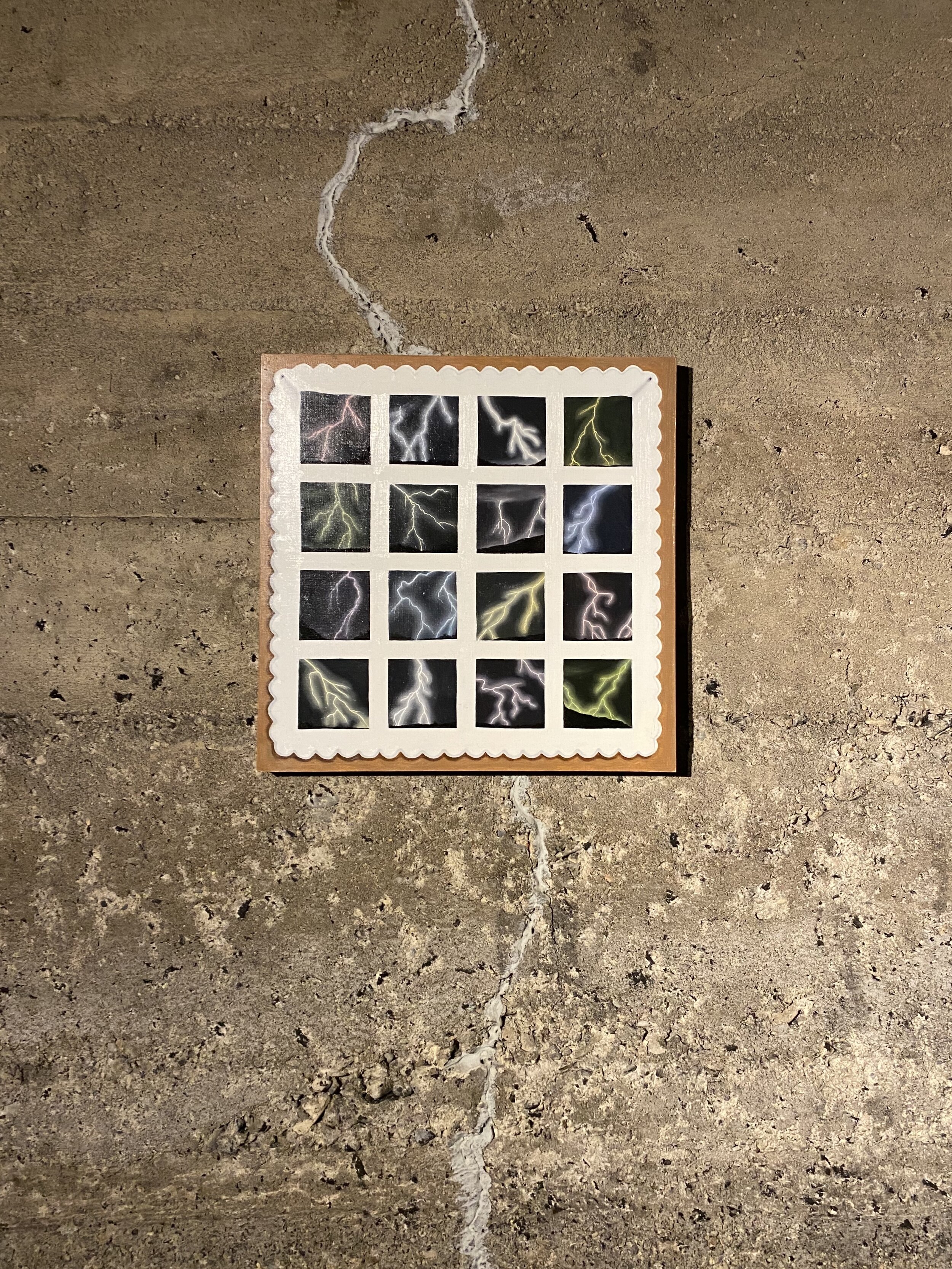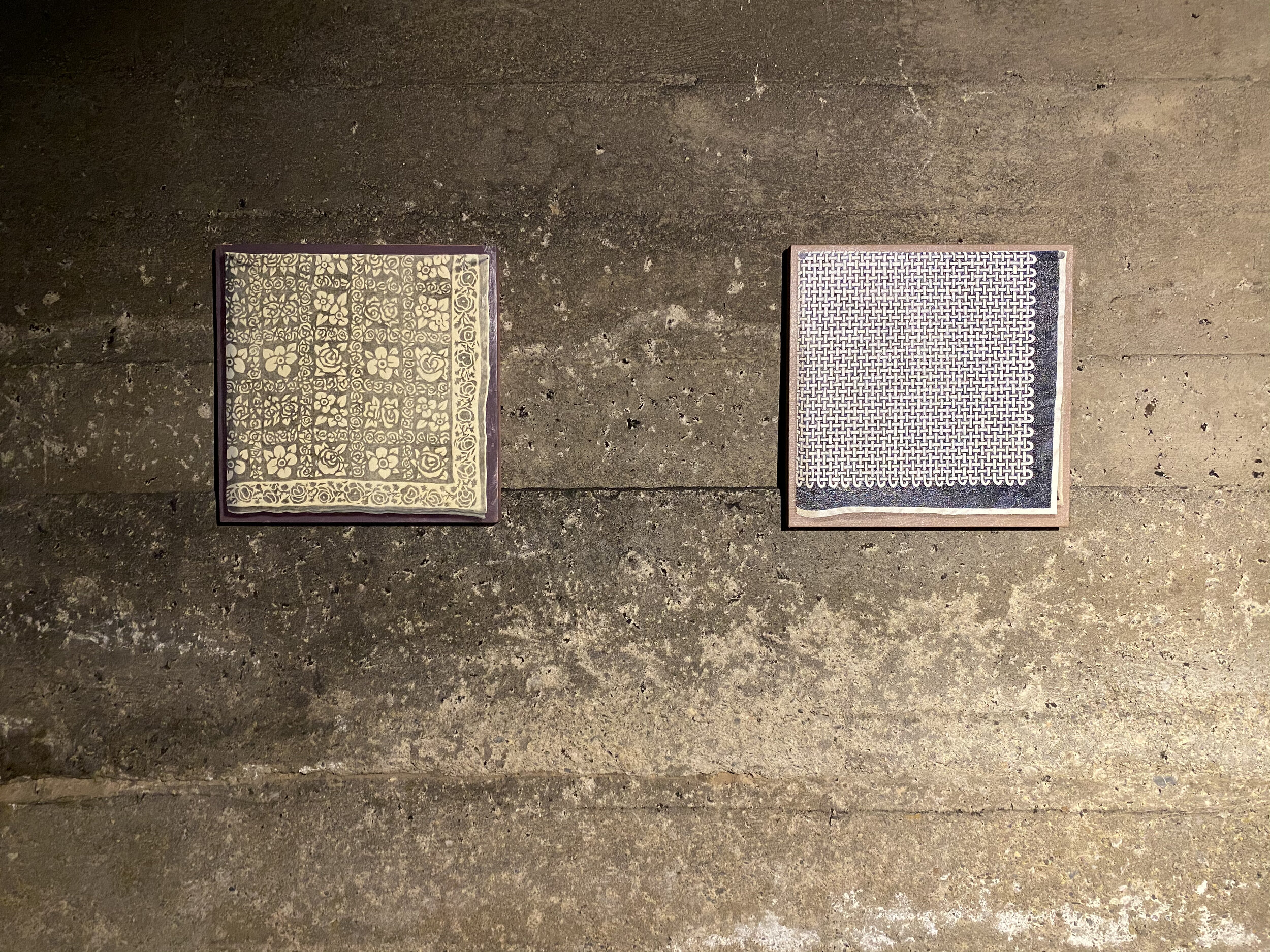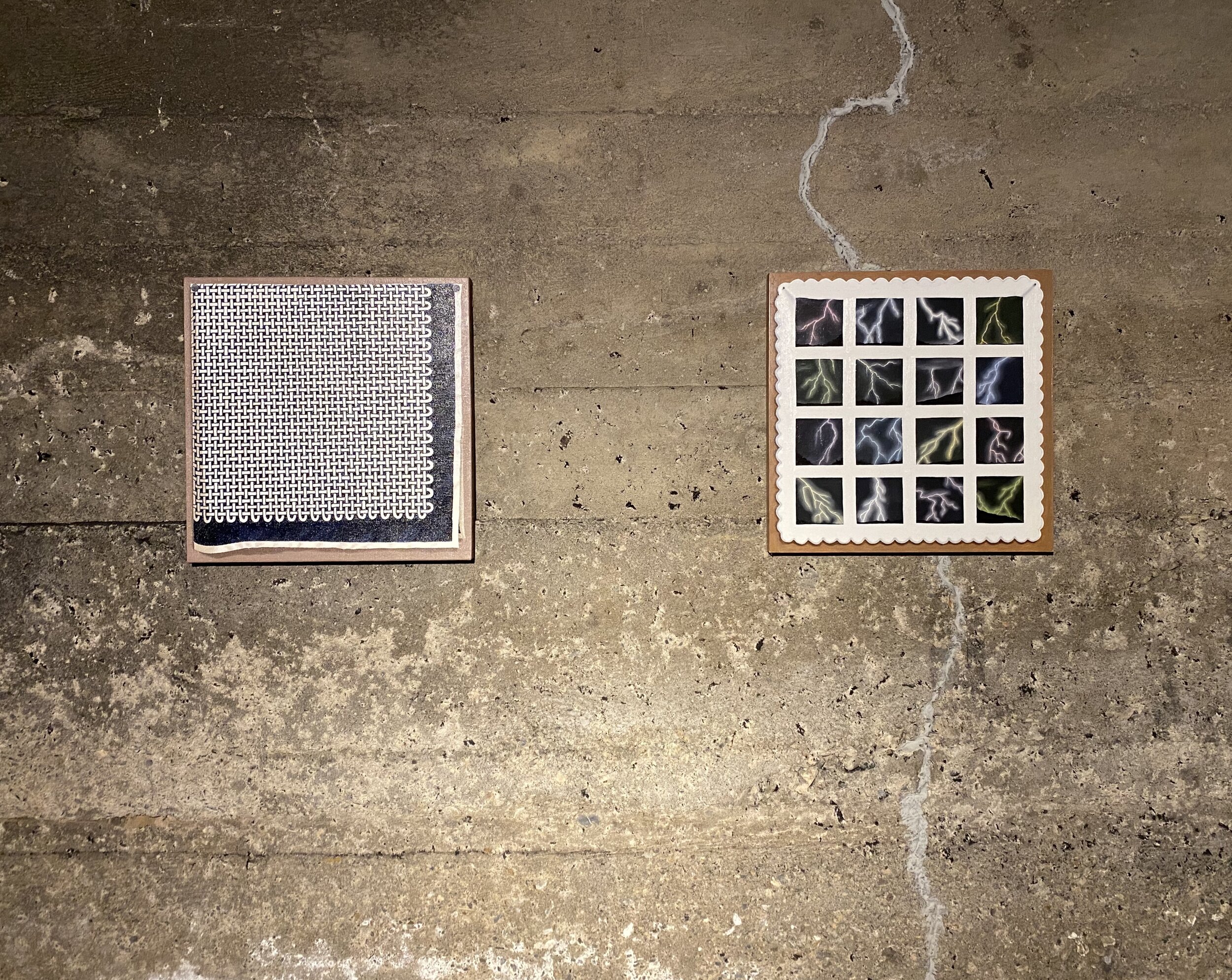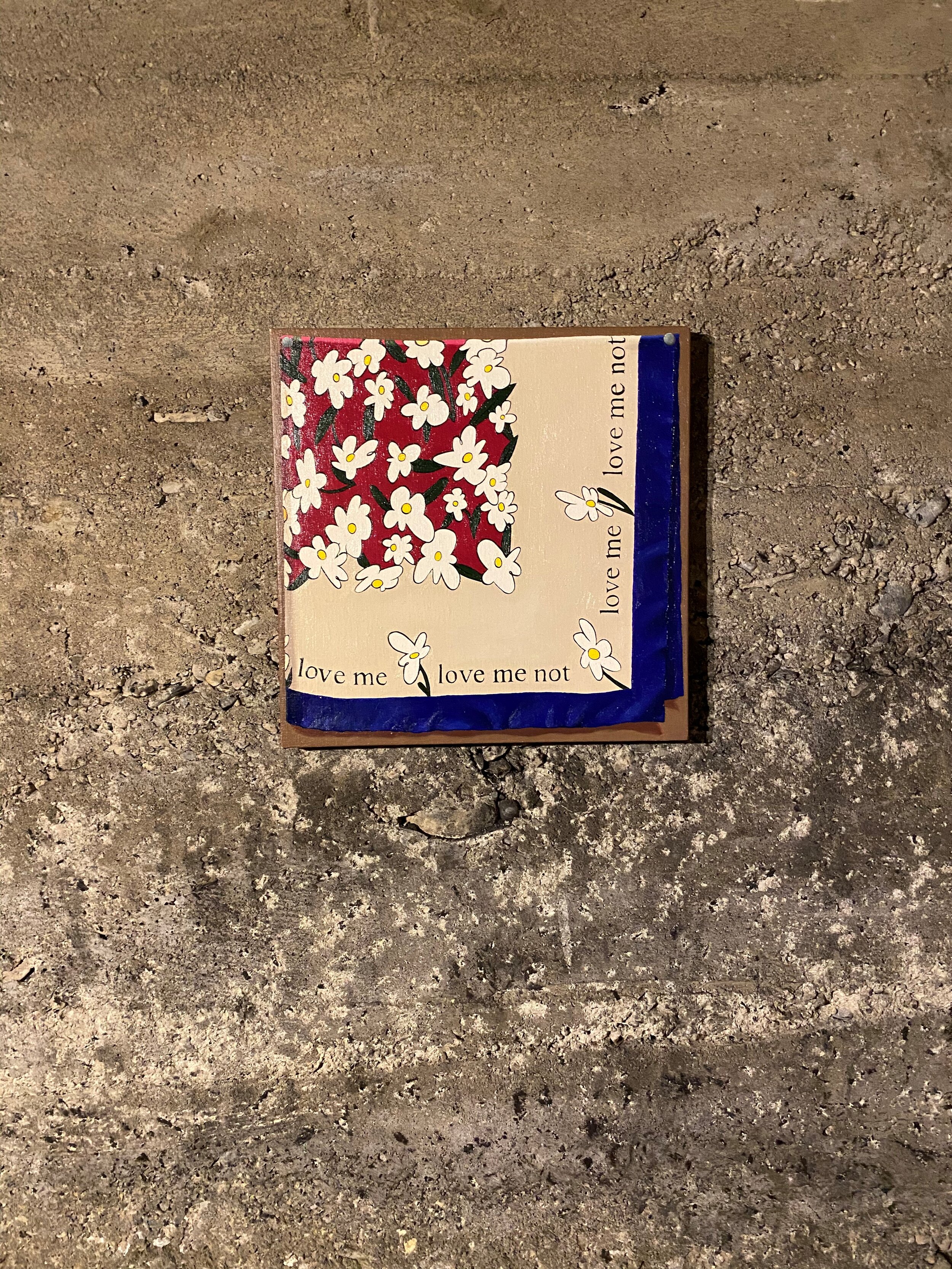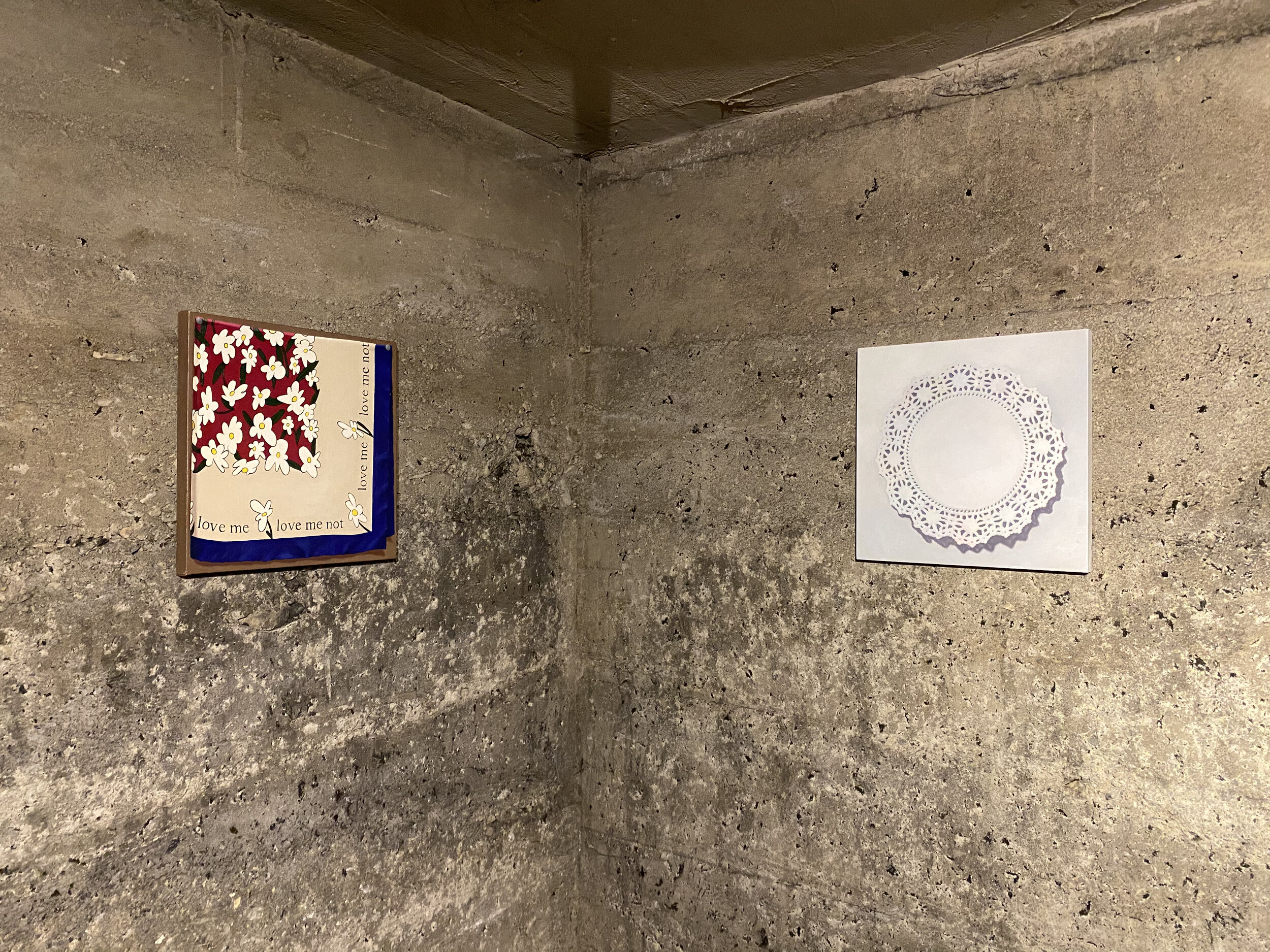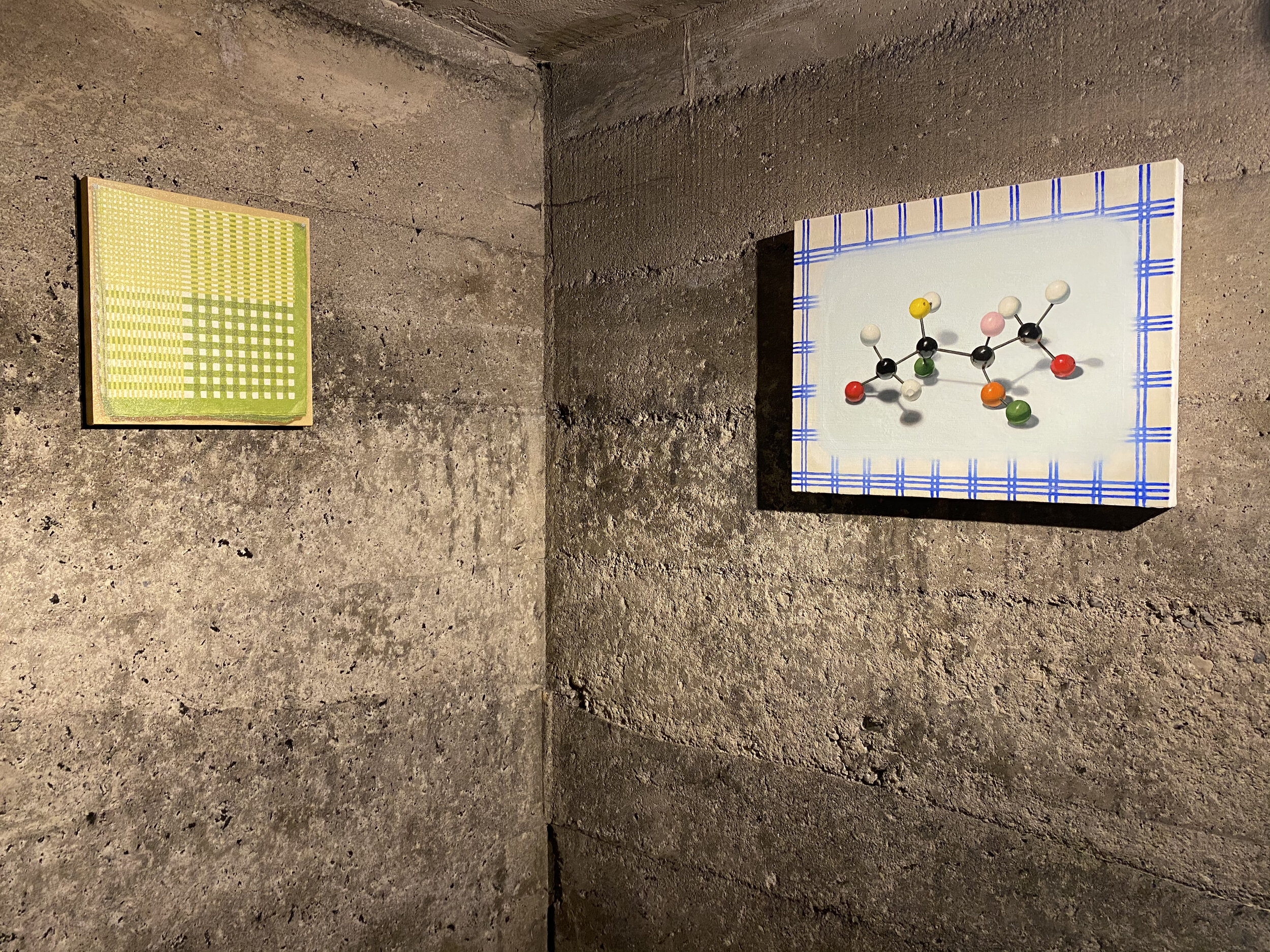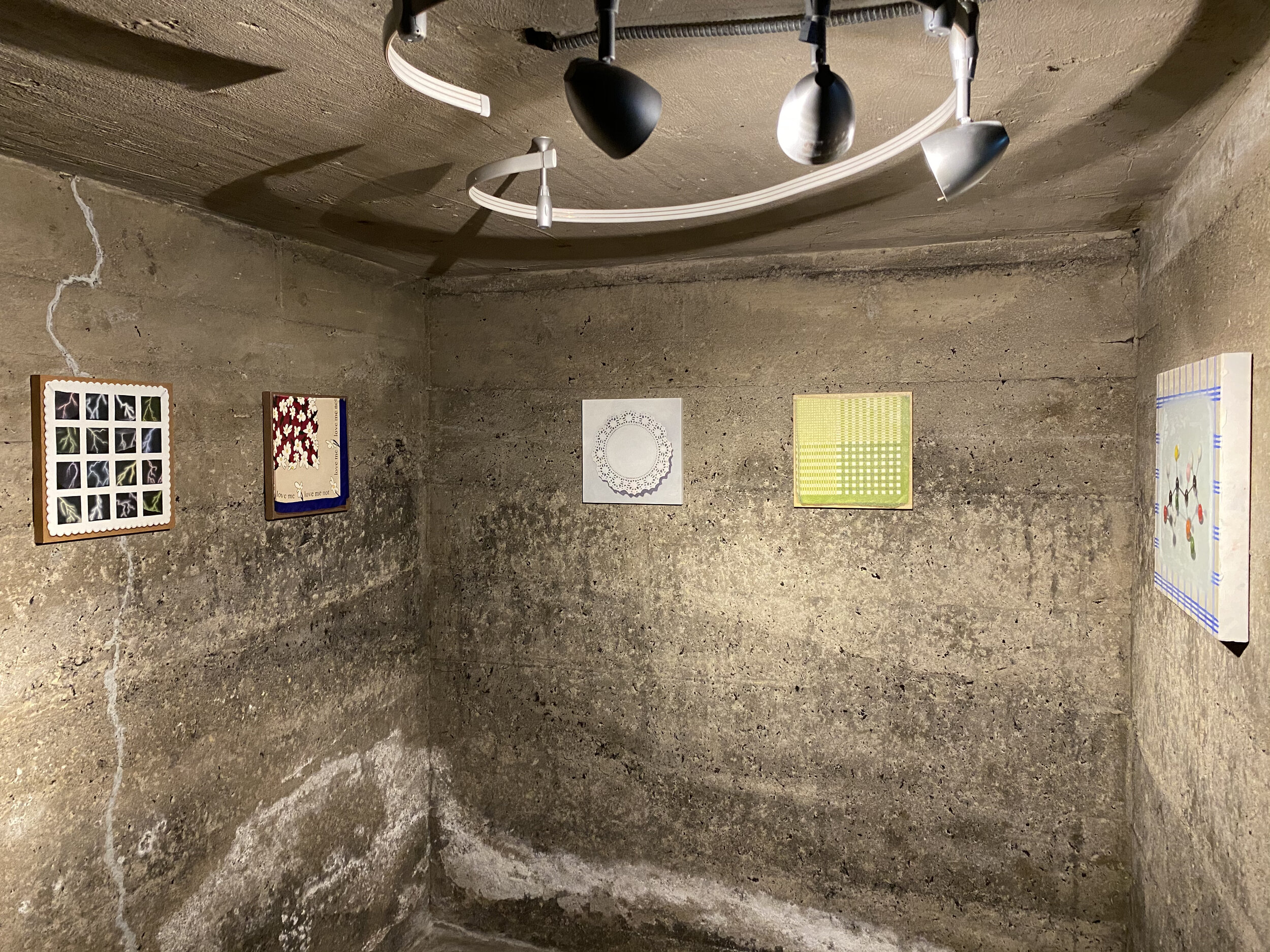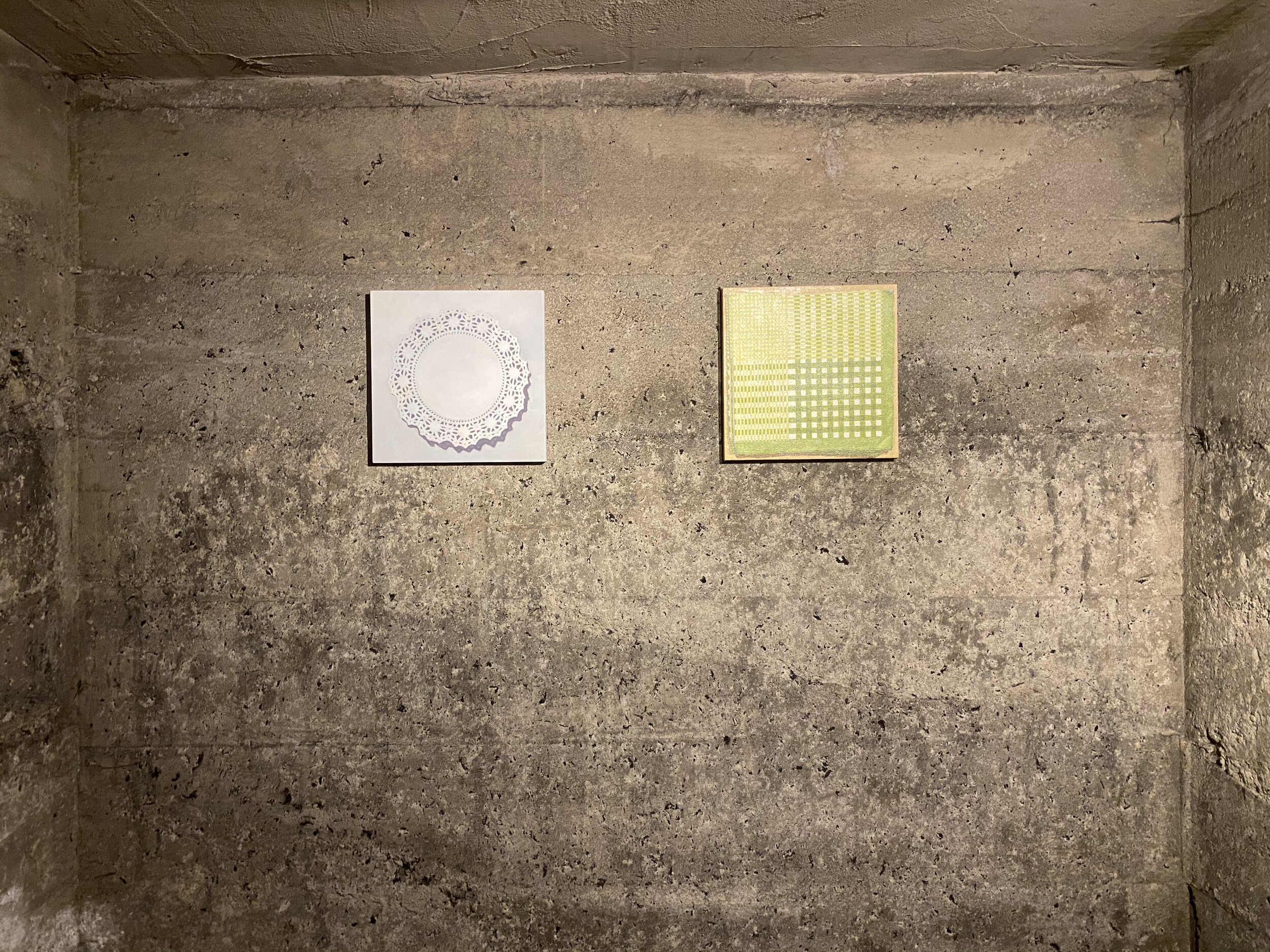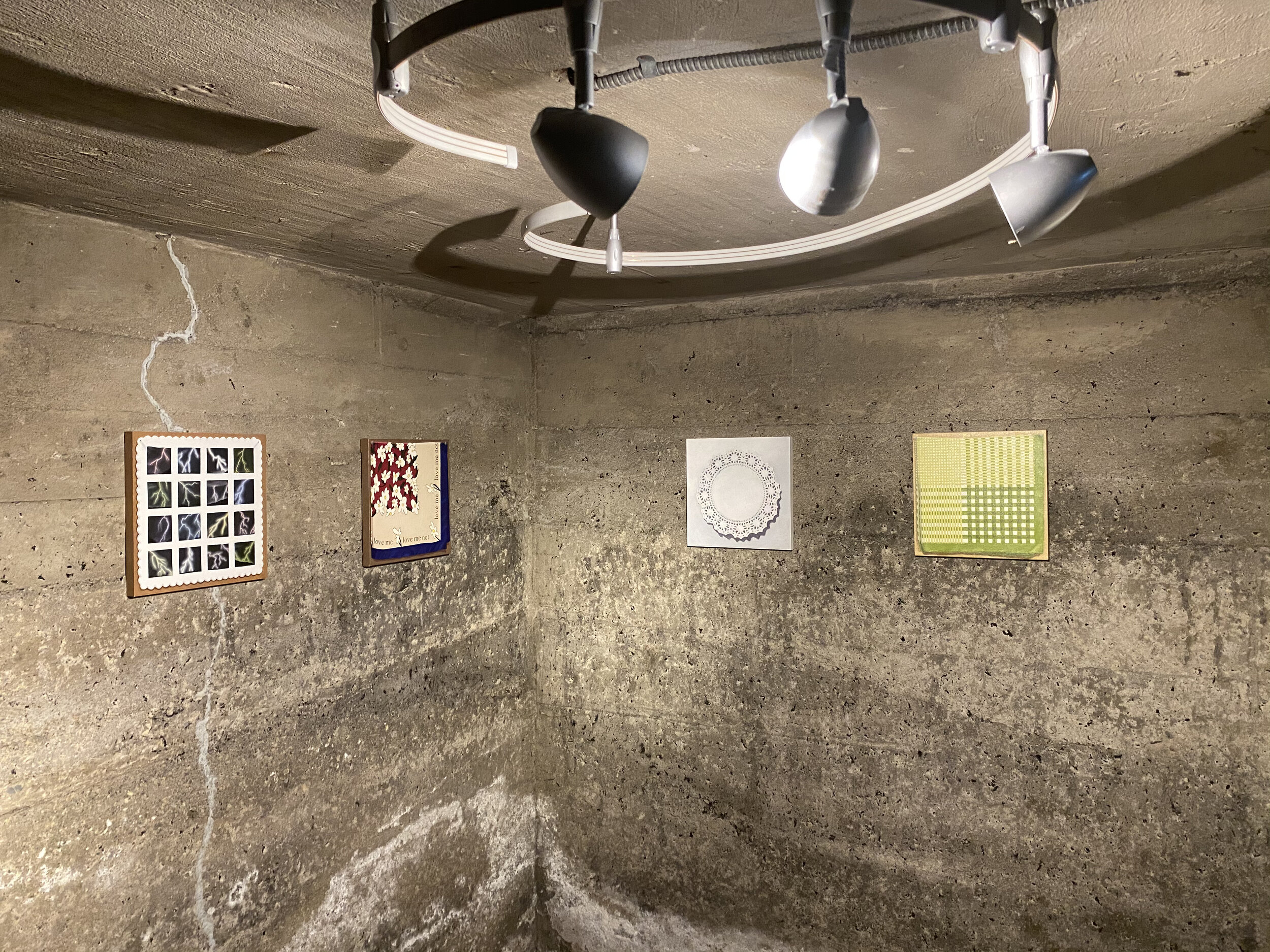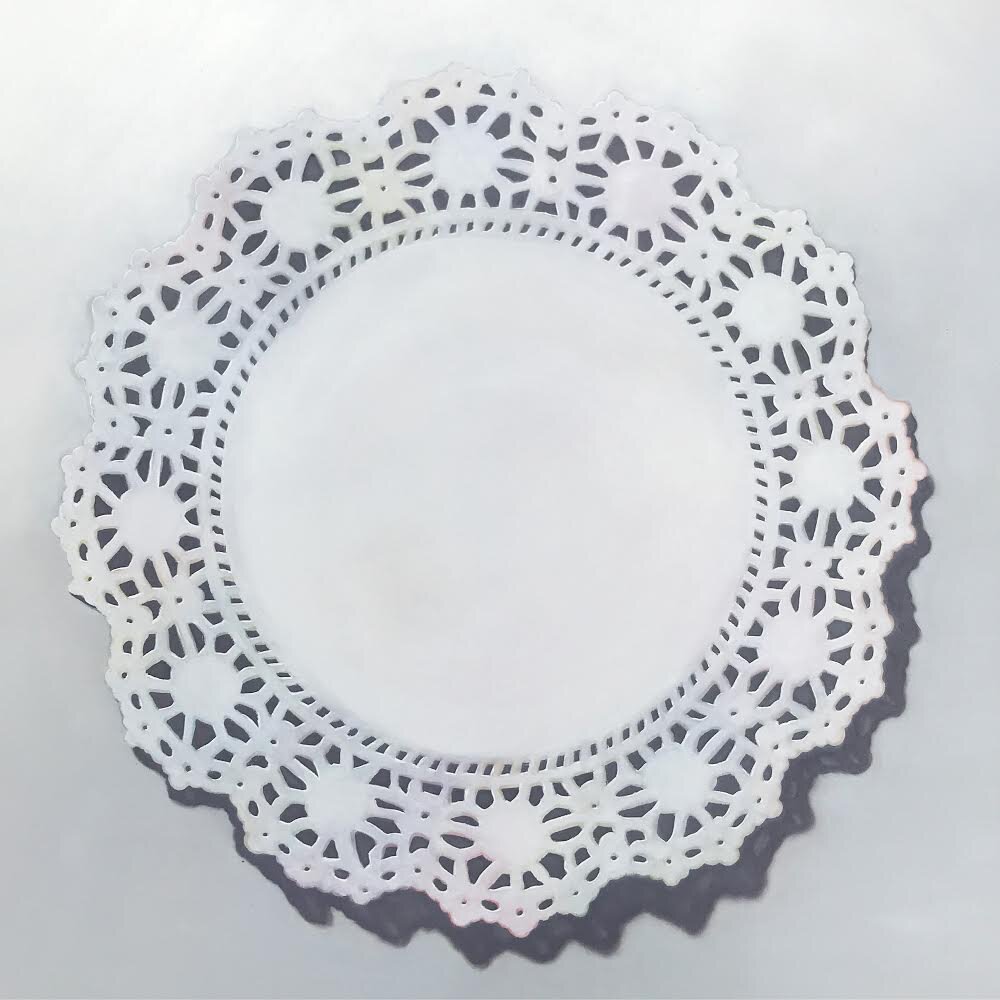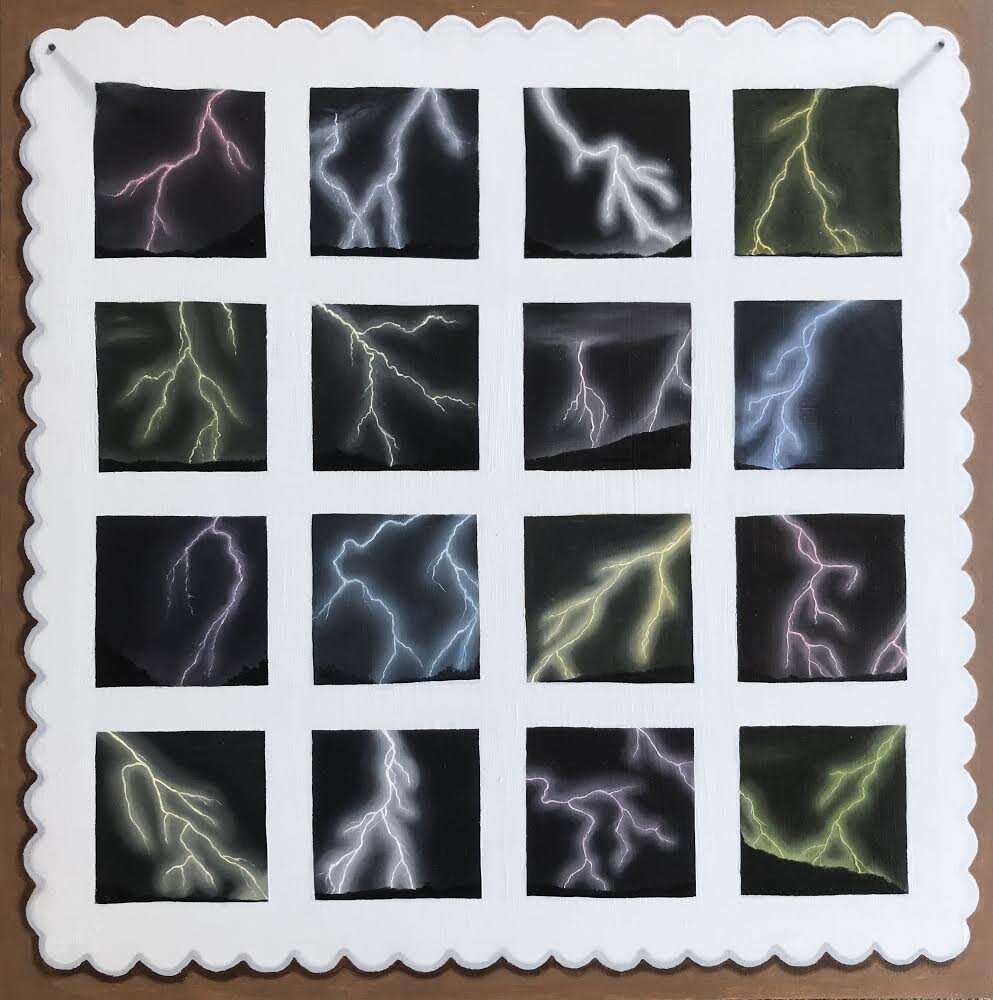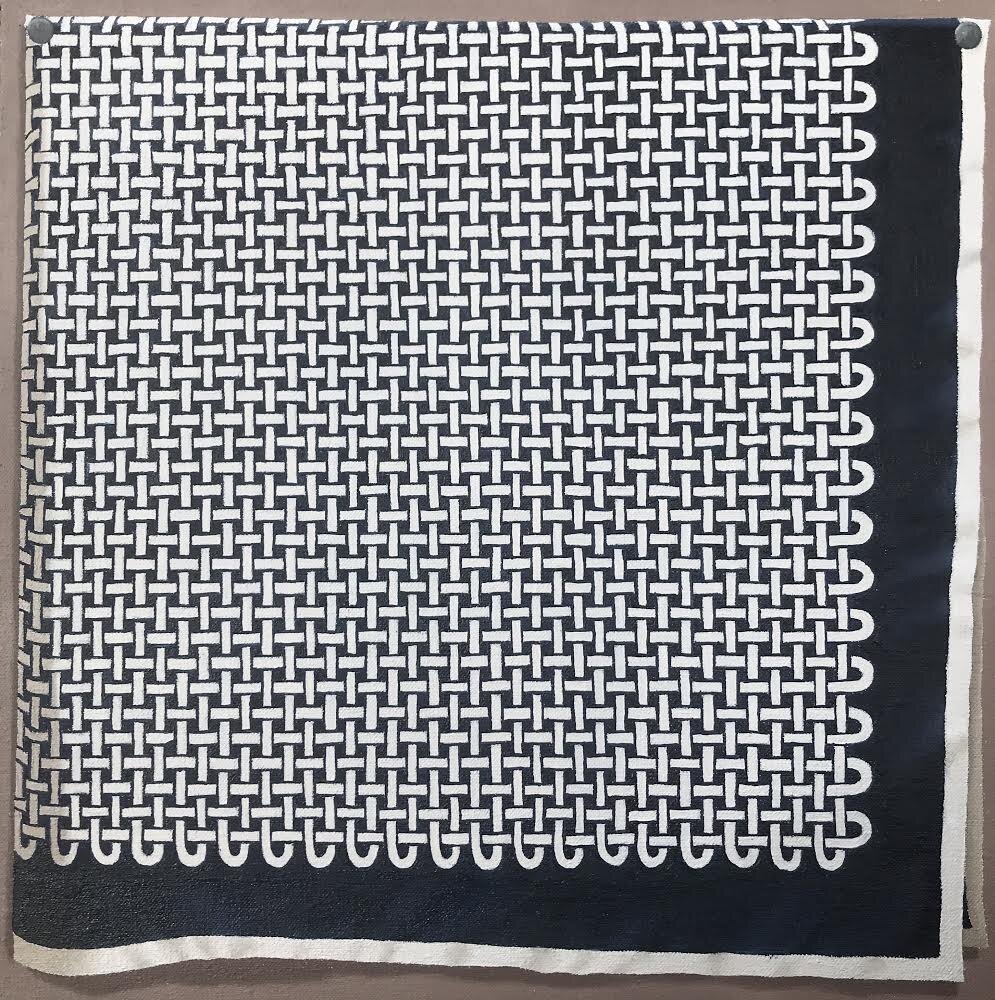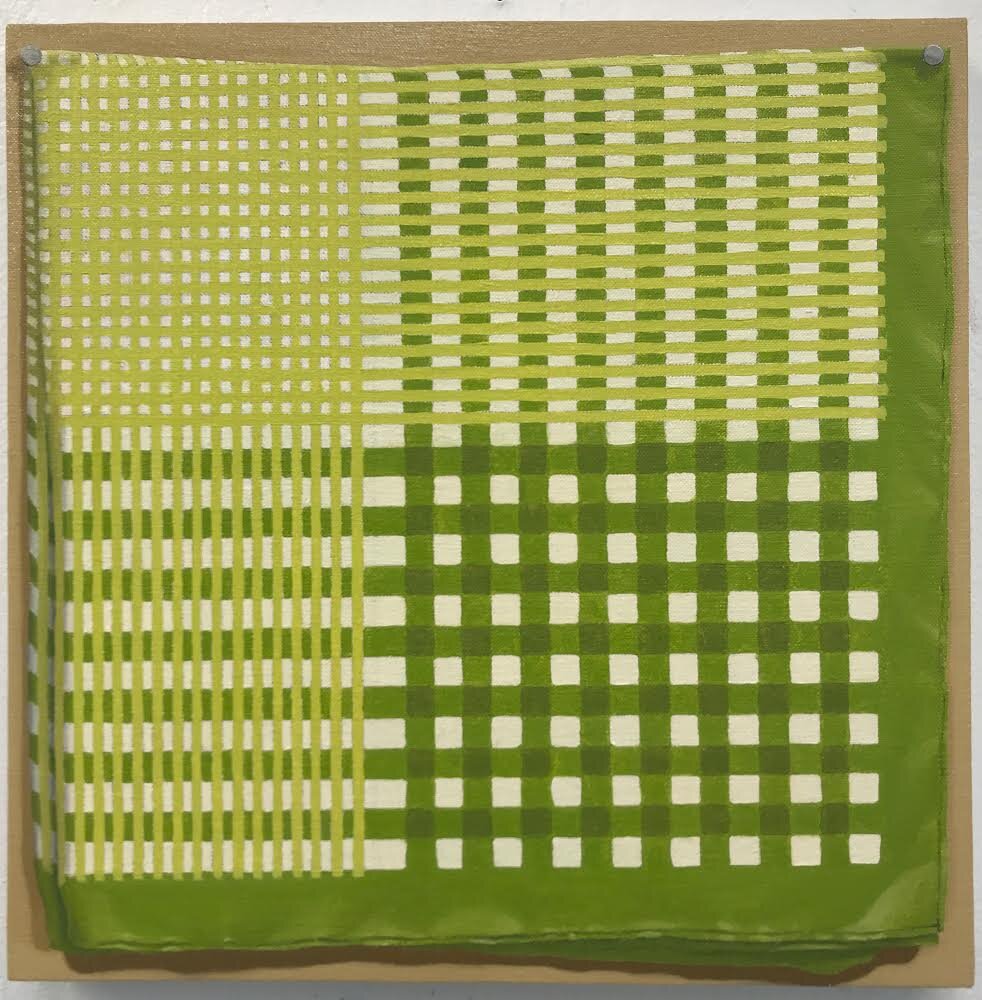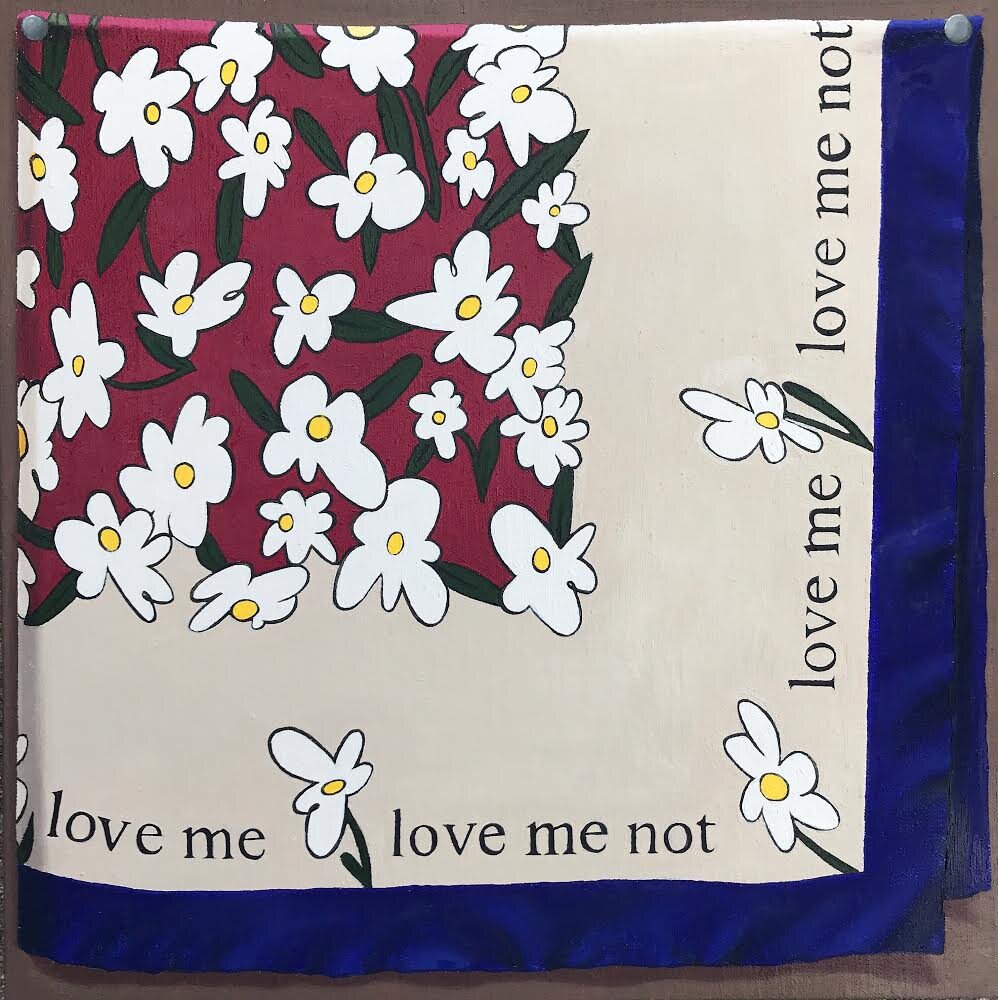The Secret Like Crazy
Rachael Bos
January 15, 2021
@
Elysian Hydraulics
Ogden, Utah
Handkerchiefs and bandanas have no specific place or date of origin, as in nearly every culture and time period there have been examples of decorated fabric that are of similar size and material. Handkerchiefs have often historically been used as an indicator of wealth, once considered in dowries and bequeathed in wills, reserved for royalty, passed down through generations, served as a surreptitious go-between to send explicit messages to observers, and honored as talismans in the wars of the middle ages. They are indicators of fidelity, so prized as to inspire a murder-suicide in Othello, of which was made of silk from sacred worms and dye extracted from the hearts of mummified virgins. The creation of kleenex served as an epoch that rendered all handkerchiefs as decorative smoke machines, and amid The Great Depression, the changing of a handkerchief became the changing of the outfit. The function of handkerchiefs has always been primarily symbolic, kleenex only giving permission for this to be embraced.
Cloth metaphors echo from every cave and corner: society as a fabric, woven and knit together, threads of social relations. The softness and ultimate fragility of these materials capture the vulnerability of humans, whose every relationship is transient, subject to the degenerative processes of illness, death, and decay: a bride’s tears of joy, a widow’s deep despair, a marine tucking his wife’s perfumed hankie over his heart. The Armagh Handkerchief produced by imprisoned women of the IRA, with signatures circling an AK47, effectively crystalizes the time of their gathering, it keeps that moment from falling away into the past. The handkerchiefs halt time.
“Acknowledging sacred associations in the process of cloth manufacture is like acknowledging historical and mythical past events in the process of cloth bestowal and exchange. Both enhance the affective qualities that are lodged in objects of value. To seek the symbolic potentiality of cloth in its material properties is, however, but a preliminary step, and only partially compelling. Equally important are the human actions that make cloth politically and socially salient. First is the domain of cloth manufacturer itself, as spinners, weavers, dyers and finishers harness the imagined blessings of ancestors in divinites to inspire or animate the product, and draw analogies between weaving or dyeing in the life cycle of birth, maturation, death, and decay. The ritual and discourse that surround its manufacture establish cloth as a convincing analog for the regenerative and degenerative processes of life, and as a great connector, binding humans not only to each other but to the ancestors of their past and the progeny who constitute their future.
A second domain in which the cloth acquires social and political significance is that of bestowal and exchange. Participants in life cycle celebrations in general, the rituals of death in particular, frequently make of cloth a continuous thread, a binding tie between two kinship groups, or three and more generations. The cloth-givers on such occasions generate political power as well, committing recipients to loyalty and obligation in the future. In a third domain of meaning―ceremonies of investiture and rulership―powerholders or aspirants to power declare that particular cloths transmit the authority of earlier possessors for the sanctity of past traditions, thus constituting a source of legitimacy in the present. A fourth domain involves manipulations of cloth as clothing, the uses of dress in a dormant to reveal or conceal identities and values.”
(Cloth and the Human Experience by Annette Weiner and Jane Schneider, page 3)

